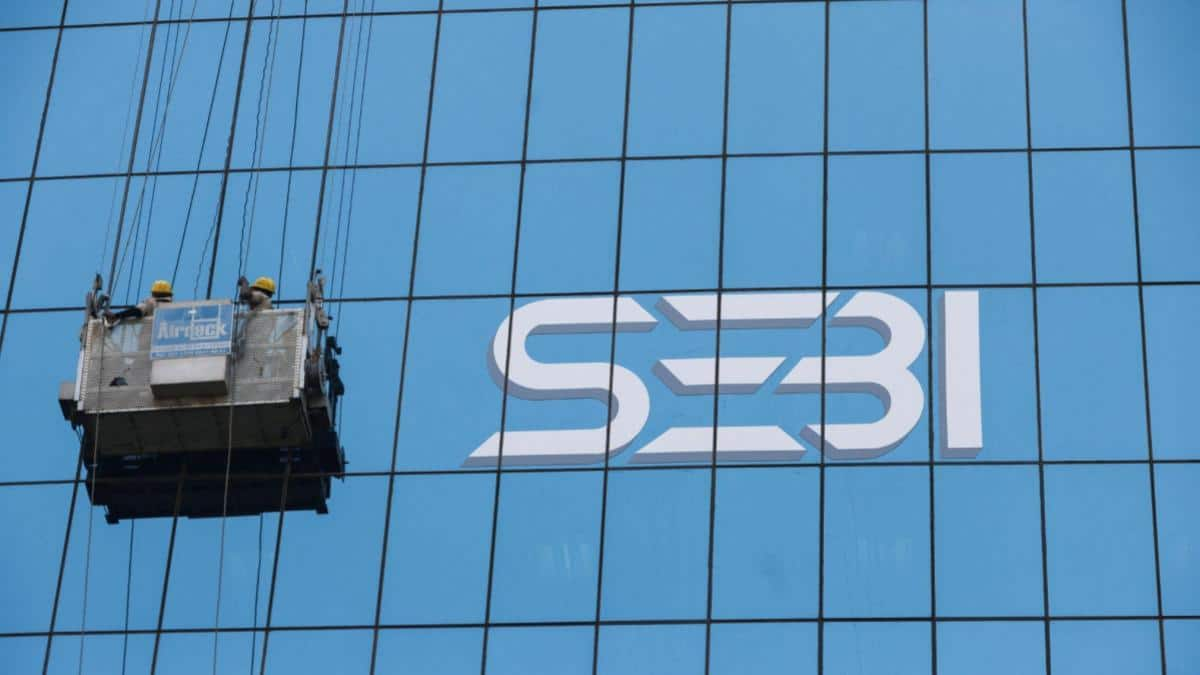UltraTech Cement’s new acquisition boosts bullish outlook, Jefferies recommends Buy with 11% upside target of Rs 9700

Jeffries sees 11% upside potential in India’s largest cement producer, UltraTech Cement’s stocks following their acquisition of Kesoram Industries and has recommended a buy with an upside target of Rs 9,700.
UltraTech Cements nodded to acquire Kesoram Industries’ cement assets in a share-swap deal for an enterprise valuation of Rs 7,600 crore, which is expected to be completed in 9-12 months, is subject to regulatory approvals.“The acquisition is likely to further strengthen the Numero Uno position of UltraTech Cement in the Indian cement industry. The valuation appears tad on the higher side in the background of recent acquisition value of Sanghi Inds by Ambuja Cements / JPA assets by Dalmia or the phase 2/3 expansion unit capex of UltraTech,” said Jefferies in its report.
According to the report, UltraTech will issue one share for every 52 shares of Kesoram as recommended by the valuers and accepted by the board, UltraTech said after it received board approvals for the deal. The deal value includes debt of about Rs 1,700 crore.
Kesoram Cement’s core markets include Telangana, Karnataka and Maharashtra. Among other smaller markets are TN, Kerala, MP, UP and Chattisgarh. Kesoram sold 7mnt volumes in FY23 and EBITDA of Rs 300 crore/550 crore and unit EBITDA of Rs430/Rs735 in FY23/FY22. Kesoram sells 50% in the OPC segment owing to a higher non-trade mix.
“We believe that in the medium to long term, the cement industry will continue to see M&A driving capacity consolidation due to issues related to overcapacity, volatile demand, debt servicing, etc, and smaller inefficient players will keep vacating space for larger efficient players. Ready assets with reserves should continue to fetch better valuations, depending on regional exposure and the strategic importance of the acquired assets for the buyer” added the report.
The report, however, cautioned that delays in the execution of capacity pipelines, significant capacity addition by industry in key markets, delays in the ramp-up of capacities, and sustained cost inflation may act as key risk factors.



Leave a Comment